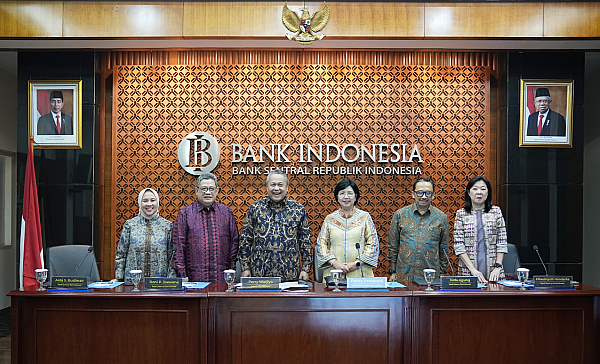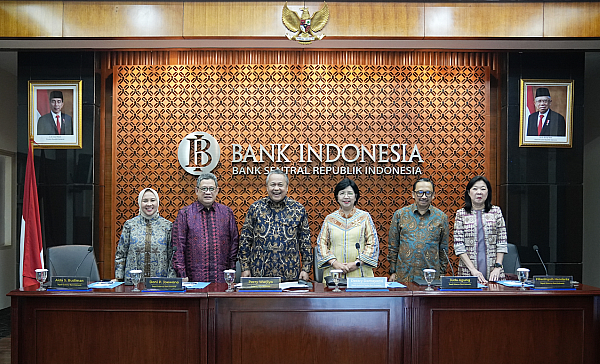The Feds benchmark interest rate falls, credit distribution becomes more enthusiastic

The interest rate set by the central bank of the United States, known as The Fed or the Fed Fund Rate (FFR), has long served as a benchmark for interest rates globally. Movements in the FFR, whether upward or downward, are typically mirrored by similar changes in global interest rates.
Many stakeholders anticipate that The Fed will implement a rate cut this September. A reduction in the FFR generally encourages an increase in credit distribution, as lower funding costs lead to decreased bank interest rates.
The broader impact of this would be an enhancement of economic activity, potentially fostering higher growth rates. "This effect will also be observed in Indonesia if The Fed's interest rates decline," stated Dian Ediana Rae, Chief Executive of Banking Supervision at the Financial Services Authority (OJK), in a written statement on Sunday, September 15, 2024.
A decrease in credit interest rates, reflecting lower funding costs, will positively affect bank profitability and reduce credit risk. The process of credit collectability will become smoother, and the ratio of non-performing loans (NPL) is expected to decline.
Furthermore, a reduction in the FFR will also positively impact emerging markets such as Indonesia, as it will likely lead to an increase in capital inflows into the country.
This rise in capital inflow will strengthen the value of the rupiah and enhance liquidity availability, thereby supporting credit growth.
"According to the results of the OJK Banking Business Orientation Survey (SBPO) for the second quarter of 2024, the banking sector generally indicates that a decrease in The Fed's interest rates has a positive impact and stimulates global economic growth, including in Indonesia," explained Dian.
It is anticipated that a reduction in the FFR will encourage a decrease in the BI-Rate, which will subsequently lead to lower deposit interest rates in banks, ultimately resulting in reduced credit interest rates.
Dian further noted that currently, deposit interest rates in banks are experiencing an increase, driven by rising demand.
Despite this, the average movement of credit interest rates tends to remain stable, even experiencing a decline compared to the previous year. "Banks prioritize maintaining credit quality over raising interest rates, even though this impacts profitability," explained Dian.
The distribution of credit by banks remains robust, with growth reaching 12.4 percent in July 2024, despite liquidity being slightly pressured due to the increase in the BI Rate over the past year.
As a result, banking liquidity has seen a slight decrease. However, overall, according to Dian, banking liquidity remains adequate, with an AL/NCD ratio of 113.49 percent and an AL/DPK ratio of 25.56 percent, both exceeding the threshold.
"Based on the results of the OJK Banking Business Orientation Survey (SBPO) for the third quarter of 2024, it is anticipated that the amount of banking liquid assets at the end of 2024 will increase, ensuring that banking liquidity remains stable," concluded Dian.






